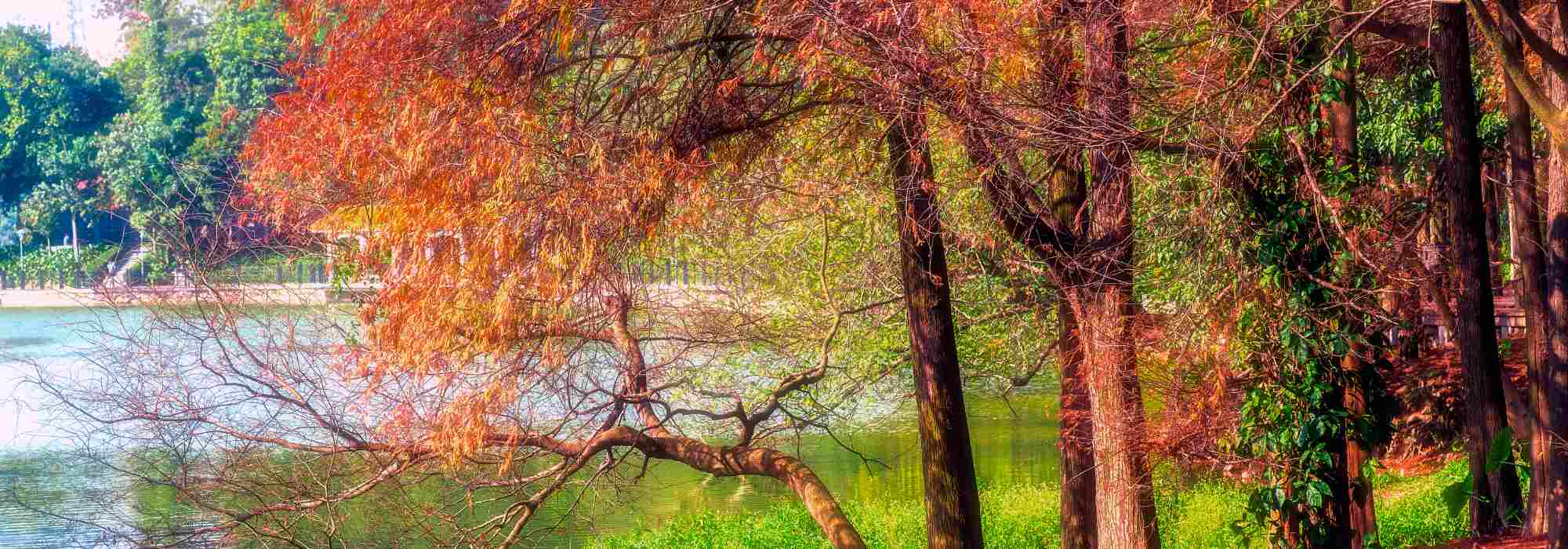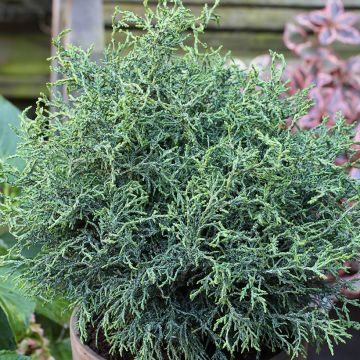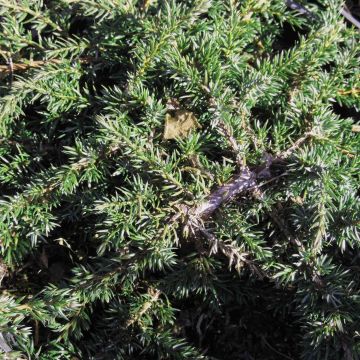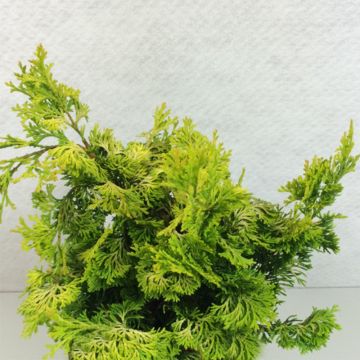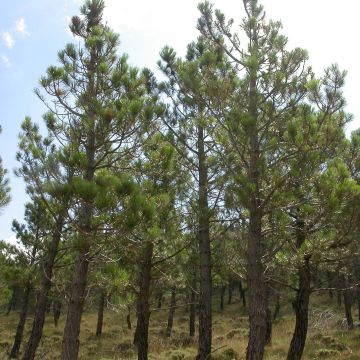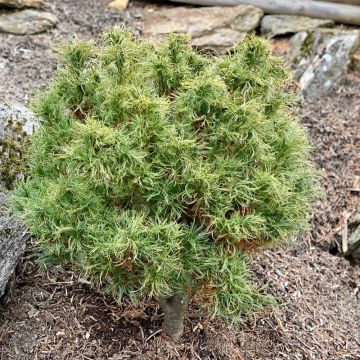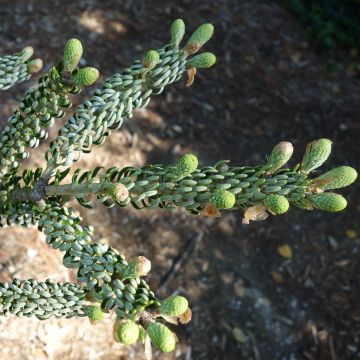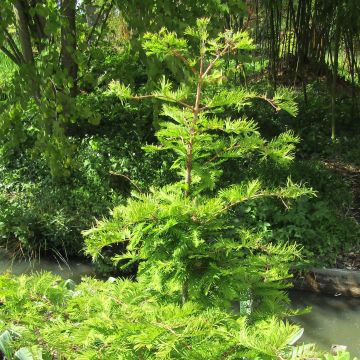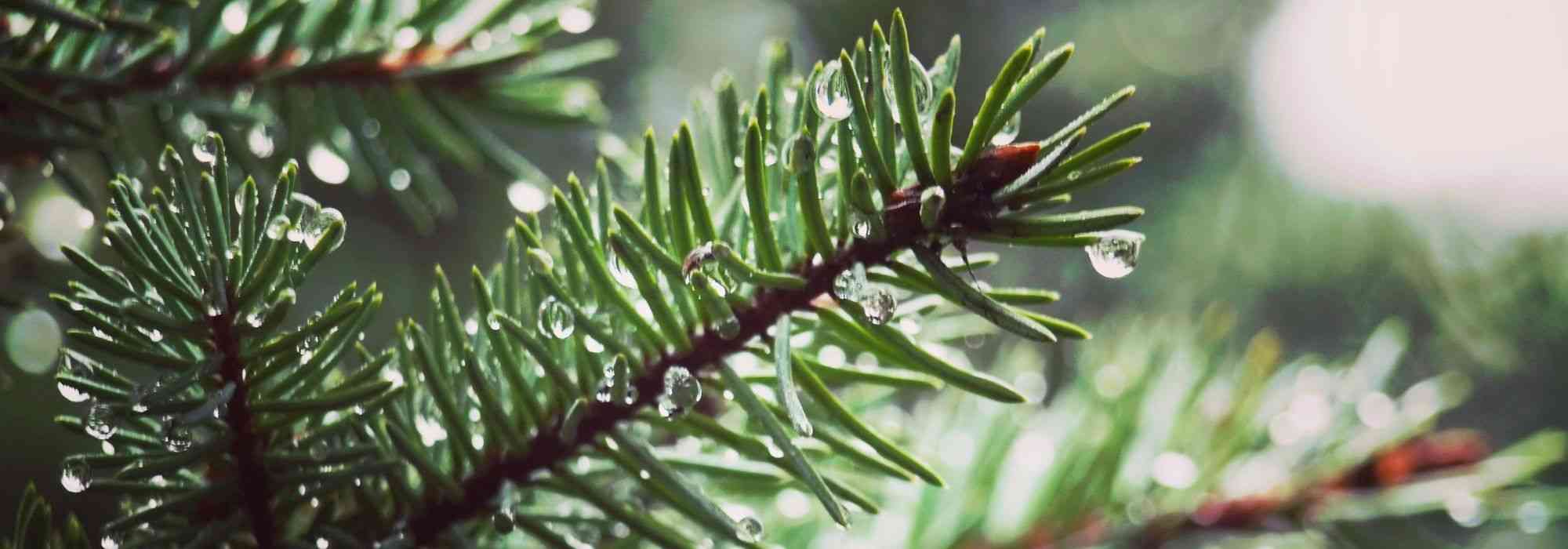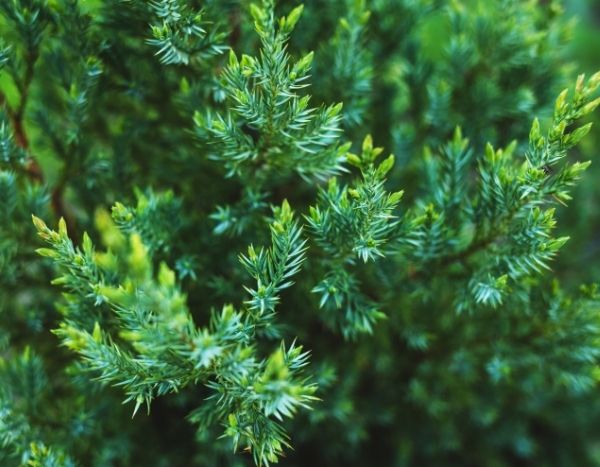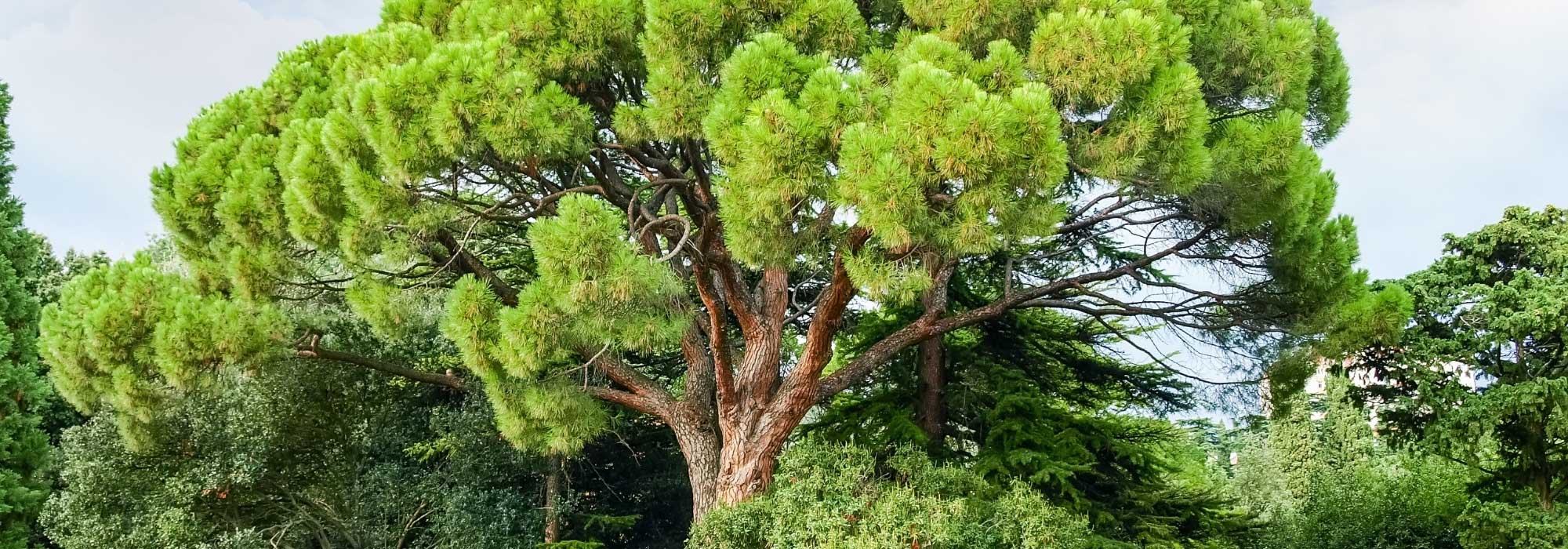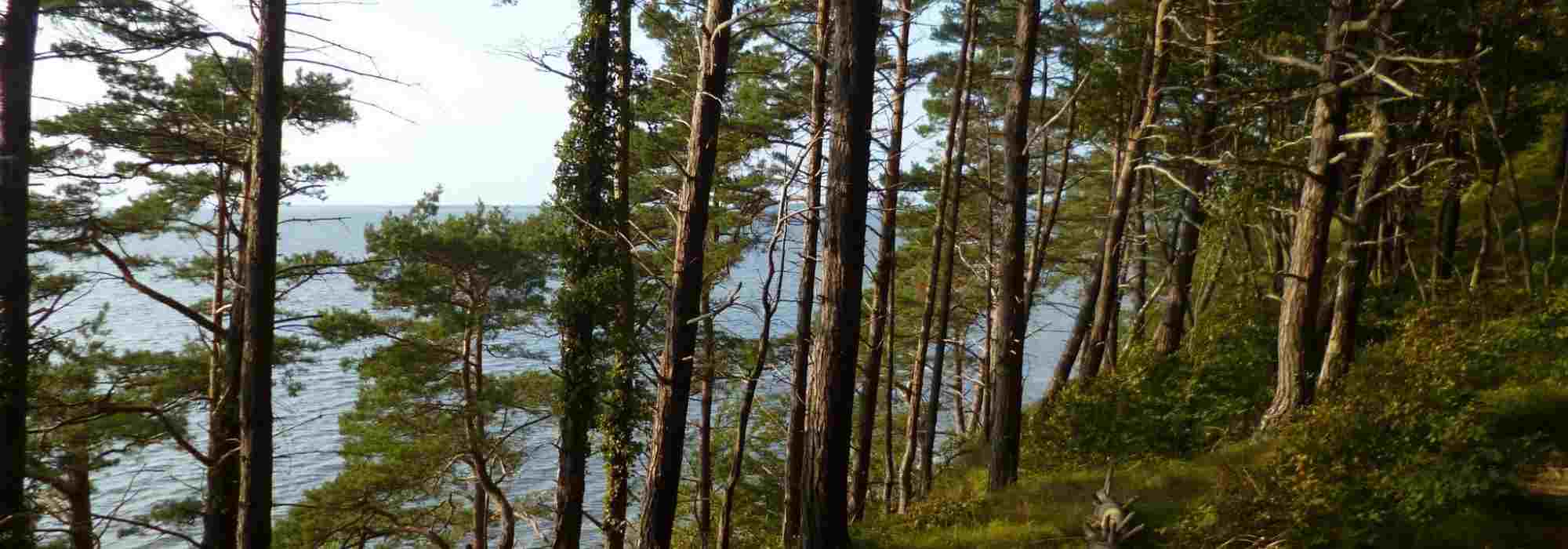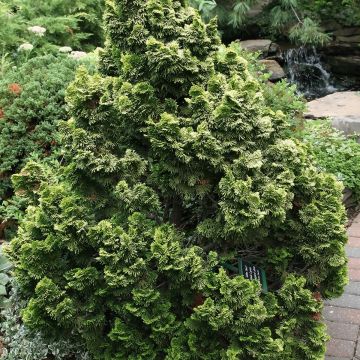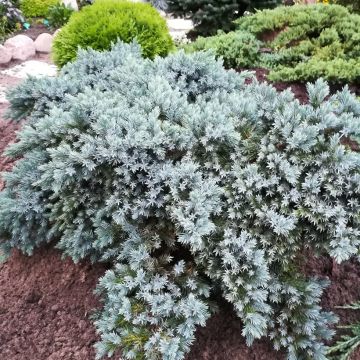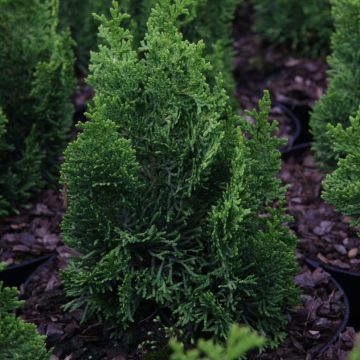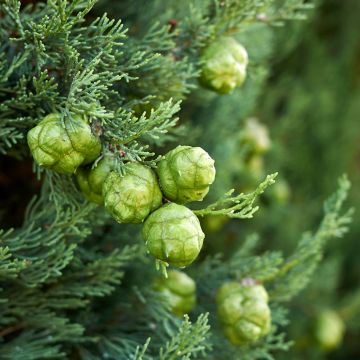

Taxodium distichum seeds - Swamp cypress
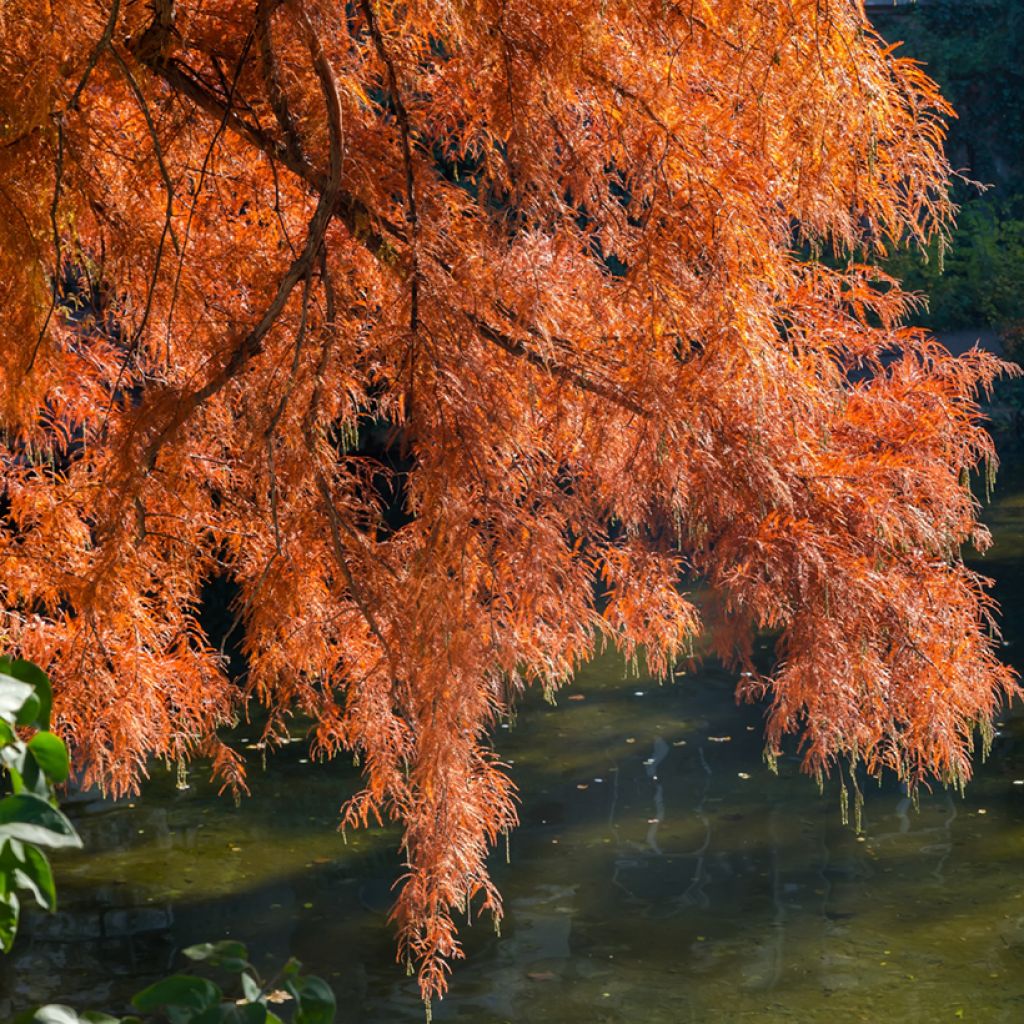

Taxodium distichum seeds - Swamp cypress
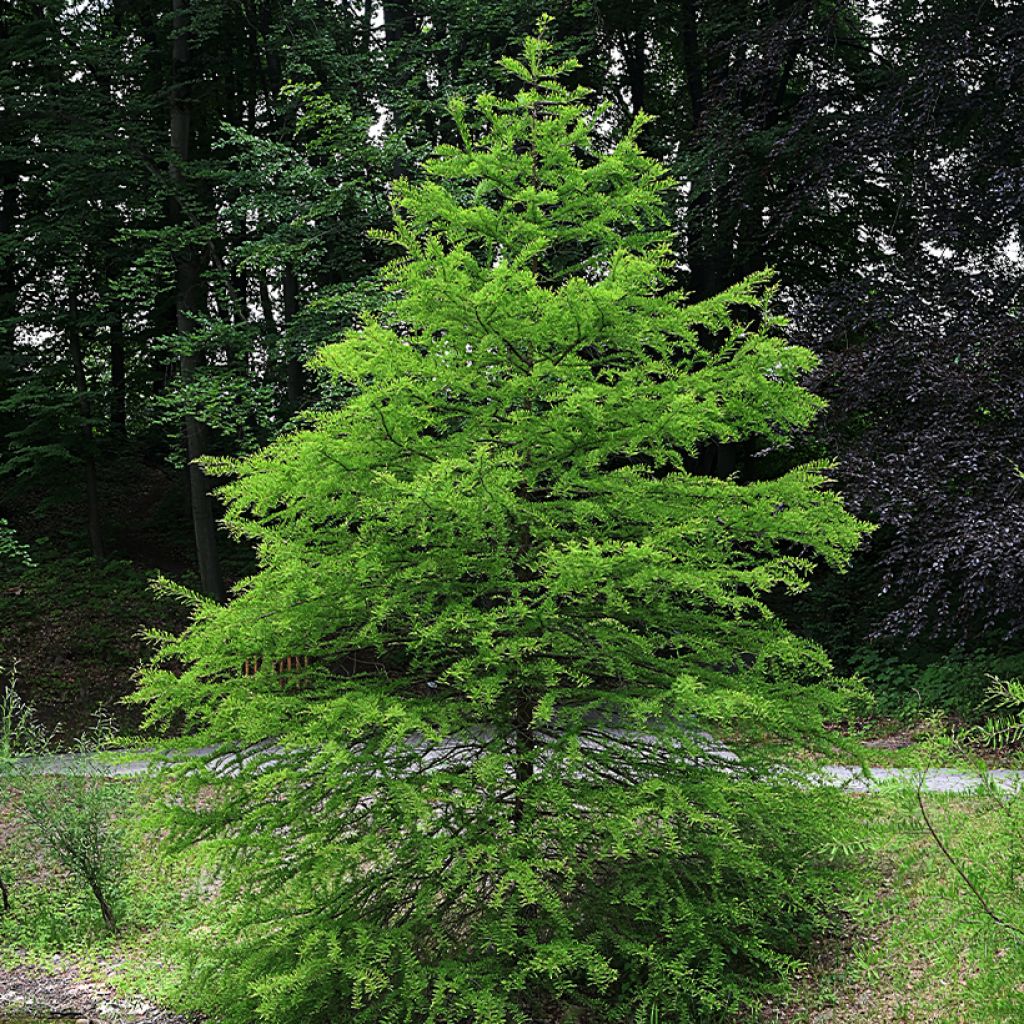

Taxodium distichum seeds - Swamp cypress
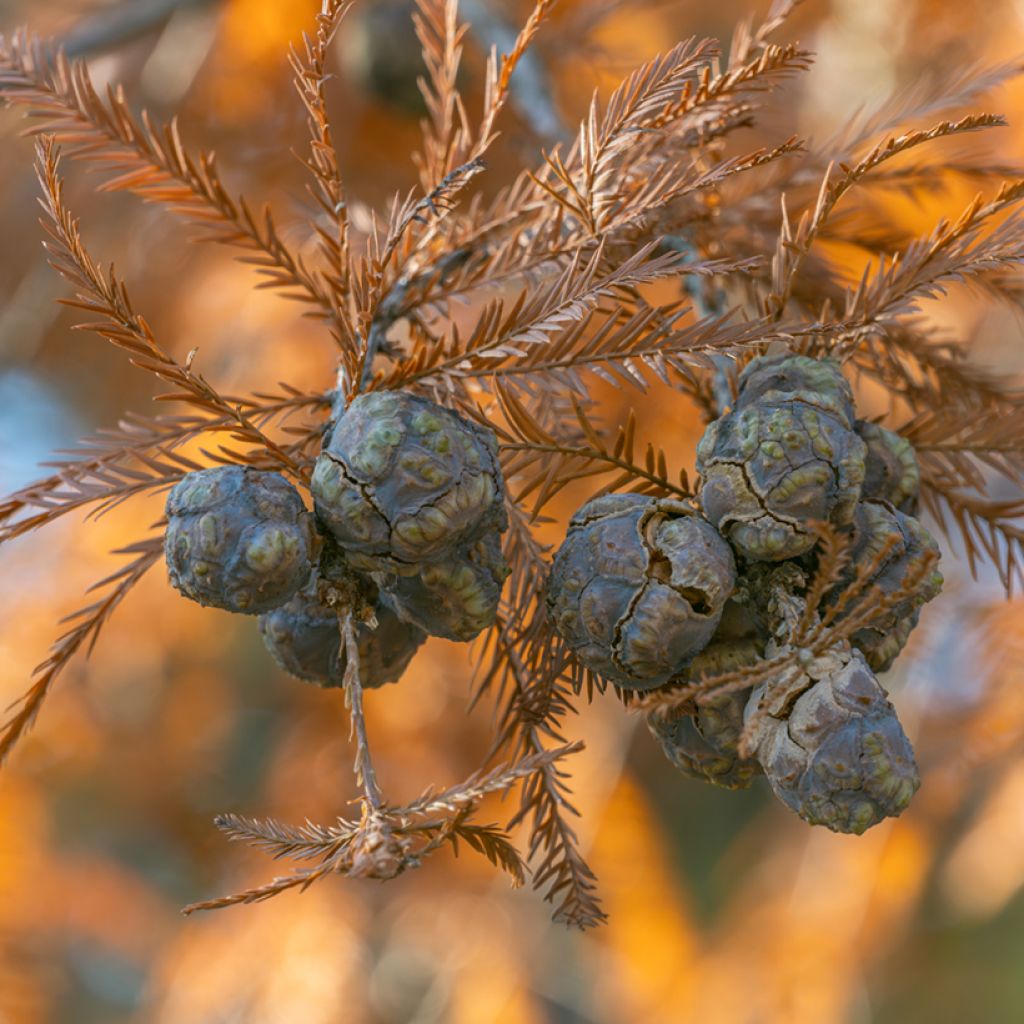

Taxodium distichum seeds - Swamp cypress


Taxodium distichum seeds - Swamp cypress


Taxodium distichum seeds - Swamp cypress


Taxodium distichum seeds - Swamp cypress
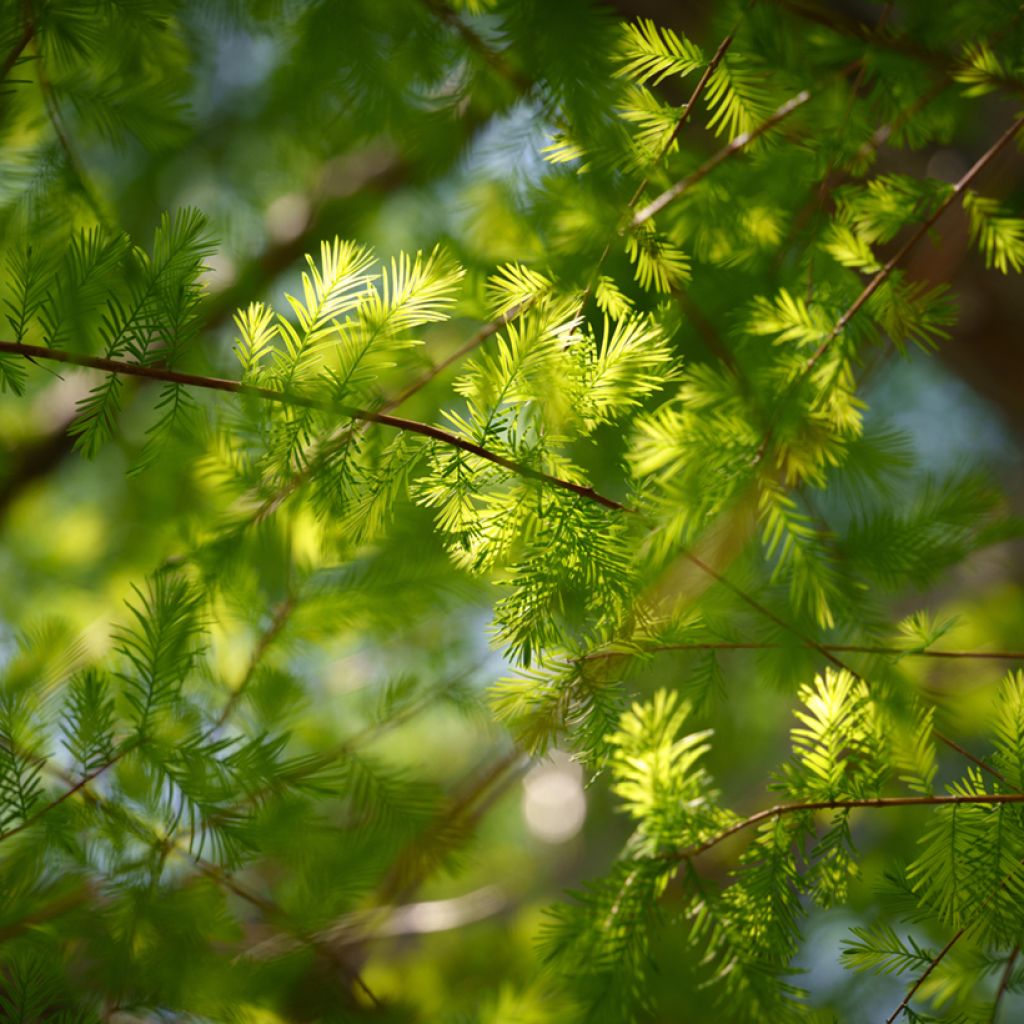

Taxodium distichum seeds - Swamp cypress
Taxodium distichum seeds - Swamp cypress
Taxodium distichum
Swamp cypress, Bald cypress, Louisiana Cypress
Special offer!
Receive a €20 voucher for any order over €90 (excluding delivery costs, credit notes, and plastic-free options)!
1- Add your favorite plants to your cart.
2- Once you have reached €90, confirm your order (you can even choose the delivery date!).
3- As soon as your order is shipped, you will receive an email containing your voucher code, valid for 3 months (90 days).
Your voucher is unique and can only be used once, for any order with a minimum value of €20, excluding delivery costs.
Can be combined with other current offers, non-divisible and non-refundable.
Home or relay delivery (depending on size and destination)
Schedule delivery date,
and select date in basket
This plant carries a 6 months recovery warranty
More information
We guarantee the quality of our plants for a full growing cycle, and will replace at our expense any plant that fails to recover under normal climatic and planting conditions.
Would this plant suit my garden?
Set up your Plantfit profile →
Description
Known as the Bald Cypress, Swamp Cypress or Louisiana Cypress, Taxodium distichum is a very hardy, large, deciduous conifer, particularly suited to wet and waterlogged soils. It is characterised by the presence of respiratory roots when growing in waterlogged soil. Its straight and slender trunk is covered in reddish-brown, deeply fissured bark. Its fine, flexible foliage is a soft green in spring and takes on beautiful colours in autumn. Sowing from seed is an interesting propagation method, but it requires cold stratification to break their dormancy.
Native to the marshlands of the southeastern United States and the coastal areas of the Gulf of Mexico, the Bald Cypress is an emblem of Louisiana and a symbol of the North American southern marshes. In its natural habitat, it can reach nearly 40 m in height with a trunk 2 m in diameter. In our climate, it retains an elegant pyramidal shape, but its size is generally limited to 20-25 m in height with a spread of 7-8 m. It grows quite rapidly and can live up to 500 years. This conifer owes its nickname "bald" to its deciduous foliage, a rarity among conifers, which is also found in larches and some sequoias. Its fine, flattened, pointed, 1 to 1.6 cm long leaves are arranged spirally on the shoots. Their slightly twisted base appears to be aligned in two flat ranks. In autumn, they turn rust and golden brown before falling. The bark of the Bald Cypress is fibrous, reddish, and deeply fissured with age. When the tree grows in marshy or flooded terrain, it develops its famous respiratory roots, which can reach 1.7 m in height. These aerial structures are thought to have a dual role: improving root oxygenation and stabilising the tree in loose, submerged soils. The Louisiana Cypress is a monoecious species, bearing both male and female cones on the same individual. The latter are resinous and purplish when ripe and measure about 2.5 cm in diameter. The seeds are dispersed mainly by water.
In a large garden, the Bald Cypress displays its slender, ever-changing silhouette through the seasons. It reflects in the calm waters of a pond and stands imposingly on the banks of a sinuous stream. This conifer anchors itself in the landscape as a link between land and water. Plant near delicate ferns such as Onoclea sensibilis and Thelypteris palustris. Beside it, Nyssa sylvatica 'Autumn Cascade' provides a counterpoint in autumn, blending its incandescent red with the coppery tones of the Cypress. Further away, clumps of Iris versicolor will punctuate the scene with a very bright green.
Taxodium distichum seeds - Swamp cypress in pictures


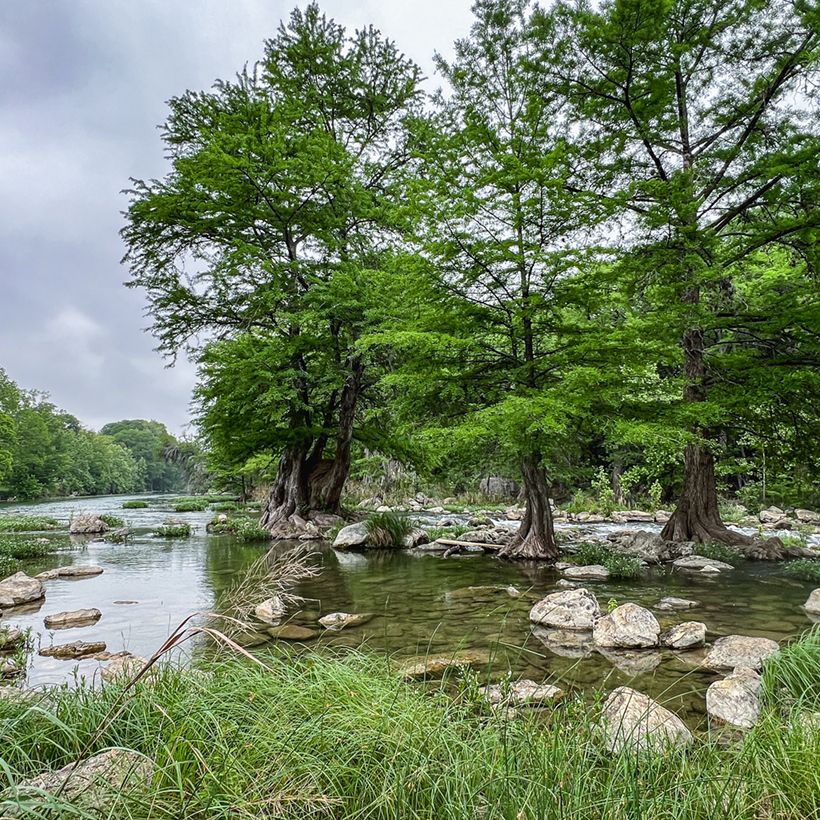

Foliage
Plant habit
Safety measures
Botanical data
Taxodium
distichum
Cupressaceae
Swamp cypress, Bald cypress, Louisiana Cypress
North America
atteinterespiratoire
Cette plante peut entraîner des symptômes allergiques.
Evitez de la planter si vous ou vos proches souffrez de rhinite saisonnière ("rhume des foins").
Davantage d'informations sur https://plantes-risque.info
Other Conifers A to Z
View all →Planting and care
Sowing Bald Cypress (Taxodium distichum) seeds requires careful preparation.
Begin with cold stratification to break the dormancy of the seeds. To do this, place the seeds in a moist substrate, such as sand or peat, then store them in the refrigerator for about 60 to 90 days. After this period, sow the seeds at a depth of about 1 cm in pots filled with a well-draining mix of seed compost and sand. Keep the substrate slightly moist, avoiding excess water, which could lead to seed rot. Germination can be slow and may take several weeks or even months.
Once the seedlings are sufficiently developed, usually when they reach about 10 cm in height, it's time to transplant them. Move each young plant into an individual pot containing a similar substrate, taking care not to damage the fragile roots. Place the pots in a bright location, out of direct sunlight, and continue to maintain consistent substrate moisture. When the plants have reached an adequate size and outdoor conditions are favourable, usually the following spring, they can be planted out in the ground. It's helpful to acclimatise them gradually to sunlight before planting them out.
Bald Cypress is a hardy tree that thrives particularly in moist to waterlogged soils, such as the edges of ponds, lakes, or streams. It tolerates a wide range of soils, including sandy, loamy, or clay soils, preferably acidic. A sunny exposure promotes optimal growth.
Sowing period
Intended location
Planting & care advice
This item has not been reviewed yet - be the first to leave a review about it.
Similar products
Haven't found what you were looking for?
Hardiness is the lowest winter temperature a plant can endure without suffering serious damage or even dying. However, hardiness is affected by location (a sheltered area, such as a patio), protection (winter cover) and soil type (hardiness is improved by well-drained soil).

Photo Sharing Terms & Conditions
In order to encourage gardeners to interact and share their experiences, Promesse de fleurs offers various media enabling content to be uploaded onto its Site - in particular via the ‘Photo sharing’ module.
The User agrees to refrain from:
- Posting any content that is illegal, prejudicial, insulting, racist, inciteful to hatred, revisionist, contrary to public decency, that infringes on privacy or on the privacy rights of third parties, in particular the publicity rights of persons and goods, intellectual property rights, or the right to privacy.
- Submitting content on behalf of a third party;
- Impersonate the identity of a third party and/or publish any personal information about a third party;
In general, the User undertakes to refrain from any unethical behaviour.
All Content (in particular text, comments, files, images, photos, videos, creative works, etc.), which may be subject to property or intellectual property rights, image or other private rights, shall remain the property of the User, subject to the limited rights granted by the terms of the licence granted by Promesse de fleurs as stated below. Users are at liberty to publish or not to publish such Content on the Site, notably via the ‘Photo Sharing’ facility, and accept that this Content shall be made public and freely accessible, notably on the Internet.
Users further acknowledge, undertake to have ,and guarantee that they hold all necessary rights and permissions to publish such material on the Site, in particular with regard to the legislation in force pertaining to any privacy, property, intellectual property, image, or contractual rights, or rights of any other nature. By publishing such Content on the Site, Users acknowledge accepting full liability as publishers of the Content within the meaning of the law, and grant Promesse de fleurs, free of charge, an inclusive, worldwide licence for the said Content for the entire duration of its publication, including all reproduction, representation, up/downloading, displaying, performing, transmission, and storage rights.
Users also grant permission for their name to be linked to the Content and accept that this link may not always be made available.
By engaging in posting material, Users consent to their Content becoming automatically accessible on the Internet, in particular on other sites and/or blogs and/or web pages of the Promesse de fleurs site, including in particular social pages and the Promesse de fleurs catalogue.
Users may secure the removal of entrusted content free of charge by issuing a simple request via our contact form.
The flowering period indicated on our website applies to countries and regions located in USDA zone 8 (France, the United Kingdom, Ireland, the Netherlands, etc.)
It will vary according to where you live:
- In zones 9 to 10 (Italy, Spain, Greece, etc.), flowering will occur about 2 to 4 weeks earlier.
- In zones 6 to 7 (Germany, Poland, Slovenia, and lower mountainous regions), flowering will be delayed by 2 to 3 weeks.
- In zone 5 (Central Europe, Scandinavia), blooming will be delayed by 3 to 5 weeks.
In temperate climates, pruning of spring-flowering shrubs (forsythia, spireas, etc.) should be done just after flowering.
Pruning of summer-flowering shrubs (Indian Lilac, Perovskia, etc.) can be done in winter or spring.
In cold regions as well as with frost-sensitive plants, avoid pruning too early when severe frosts may still occur.
The planting period indicated on our website applies to countries and regions located in USDA zone 8 (France, United Kingdom, Ireland, Netherlands).
It will vary according to where you live:
- In Mediterranean zones (Marseille, Madrid, Milan, etc.), autumn and winter are the best planting periods.
- In continental zones (Strasbourg, Munich, Vienna, etc.), delay planting by 2 to 3 weeks in spring and bring it forward by 2 to 4 weeks in autumn.
- In mountainous regions (the Alps, Pyrenees, Carpathians, etc.), it is best to plant in late spring (May-June) or late summer (August-September).
The harvesting period indicated on our website applies to countries and regions in USDA zone 8 (France, England, Ireland, the Netherlands).
In colder areas (Scandinavia, Poland, Austria...) fruit and vegetable harvests are likely to be delayed by 3-4 weeks.
In warmer areas (Italy, Spain, Greece, etc.), harvesting will probably take place earlier, depending on weather conditions.
The sowing periods indicated on our website apply to countries and regions within USDA Zone 8 (France, UK, Ireland, Netherlands).
In colder areas (Scandinavia, Poland, Austria...), delay any outdoor sowing by 3-4 weeks, or sow under glass.
In warmer climes (Italy, Spain, Greece, etc.), bring outdoor sowing forward by a few weeks.






























